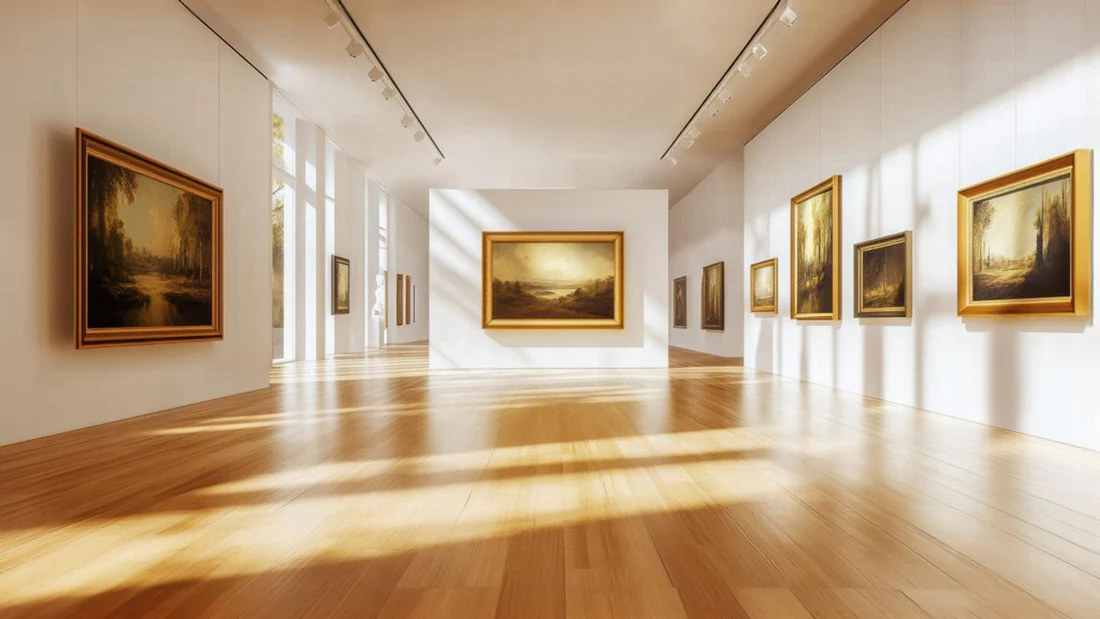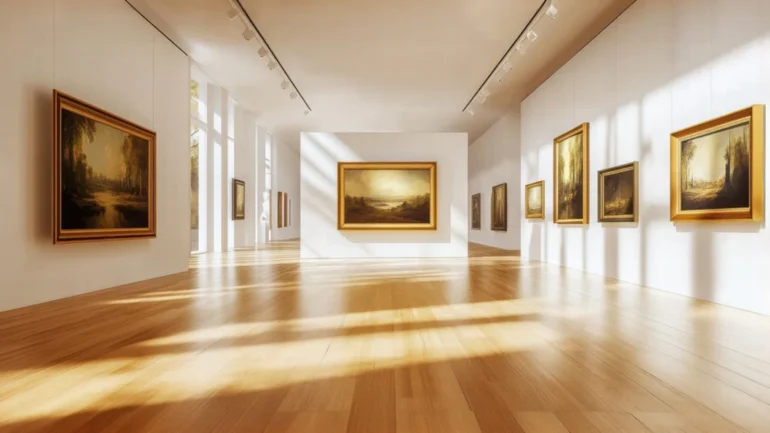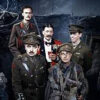Listeners:
Top listeners:
00:00
00:00
volume_up
chevron_left
-
 play_arrow
play_arrow
Radio Today Radio Today
-
 play_arrow
play_arrow
Rocking Today Rocking Today on Radio Today
-
play_arrow
Rebel Rock Radio Hard Rock on Radio Today
-
 play_arrow
play_arrow
Game Time Sports Mike Stroud
-
 play_arrow
play_arrow
Game Time Sports Mike Stroud

share
close
CRIMINALS HAVE A NEW TARGET IN SOUTH AFRICA – AND THEY’RE LOOKING FOR HOMES THAT HAVE THEM

South Africans are being warned that criminals are increasingly targeting homes, galleries and institutions for valuable artworks.
What used to be rare has now become more frequent, with thieves carrying out both planned heists and opportunistic break-ins. This is according to Gail Bosch, Product Head at iTOO Artinsure, who noted that art crime is becoming more sophisticated and damaging in South Africa.
She said that it had got to a point where the industry must move beyond reactive coverage and toward proactive risk intelligence. “Specialist insurance is going to play a critical role in protecting our creative legacy.” Several high- profile cases this year highlight the shift to criminals targeting artwork. In Pringle Bay, seven sculptures worth more than R1 million were stolen in what appeared to be a carefully planned operation.
The thieves disabled CCTV cameras and targeted works by well-known artists Anton Smit and Janko de Beer, suggesting they may have had insider information. In Pretoria, criminals hijacked a vehicle on the N1, stealing 31 paintings by nine celebrated South African artists in an act that shocked the creative community. Public collections are also suffering. The Johannesburg Art Gallery has lost artworks worth hundreds of millions of rands over the years due to corruption, neglect and theft.
Bosch explained that while accidental damage is still the most common reason for insurance claims, it is theft and natural disasters that cause the most devastating and permanent losses. “These events not only strip institutions and collectors of irreplaceable assets but also undermine public trust,” she said.
Art theft in South Africa generally falls into three categories. Targeted thefts are carefully planned and usually involve insider knowledge. These works are often stolen for specific buyers and may only resurface years later. Opportunistic theft happens during home break-ins or poorly secured gallery burglaries, where criminals sometimes don’t even realise the true value of what they have stolen. These pieces are often damaged or discarded. The third type is theft for recyclable materials. Sculptures made from bronze or copper are melted down and sold as scrap metal, meaning the artworks are destroyed forever.
Despite the risks, Bosch said many collectors and institutions are underinsured. Standard household or business policies often exclude critical situations, such as damage during transport or theft at public events. Specialist insurance is better suited because it covers these unique risks and offers services such as expert valuations, exhibition cover and restoration support.
“Certain items are simply not replaceable. The loss of some of these collectables could well mean a loss of heritage for our country,” Bosch warned. The problem is made worse by South Africa’s overall crime levels.
Housebreaking remains the most experienced crime affecting South African households in 2024/25, according to the latest Governance, Public Safety and Justice Survey (GPSJS). In 2024/25, there were an estimated 1.5 million incidents, affecting nearly 6% of households. On an individual level, theft of personal property was the most common crime, with around 1.2 million victims.
However, most did not report the incidents, with almost 70% choosing to stay silent. Crime remains one of the defining challenges of life in South Africa, cutting across geography, gender and economic status. It added that, regardless of whether people were living in “bustling metropolitan centres or small rural towns, households and individuals continue to face the risk of break-ins, robberies, theft and other crimes that disrupt daily life”. In this environment, artworks have become a new target. For criminals, they represent either quick money from resale or valuable scrap materials. For South Africans, this means greater risk of losing significant and one-of– kind pieces of art. Bosch stressed that without stronger security measures and specialist insurance, the country risks losing irreplaceable works that carry both artistic and cultural value.
Original Article written by Malcolm Libera.
Written by: Mike Stroud
Rate it
Recent Comments
No comments to show.Featured post

Latest posts
Current show
Upcoming shows

Fishing Tales with Peter Jensen
10:00 am - 12:00 pm

Fall In – Tree Aan with Matt Tennyson & Jeff Marcus
12:00 pm - 2:00 pm

The Braaifest with Mike Stroud
2:00 pm - 4:00 pm
BallyOnAir
4:00 pm - 5:00 pm

The 5 o’Clock Blues
5:00 pm - 7:00 pm
Chart














Post comments (0)